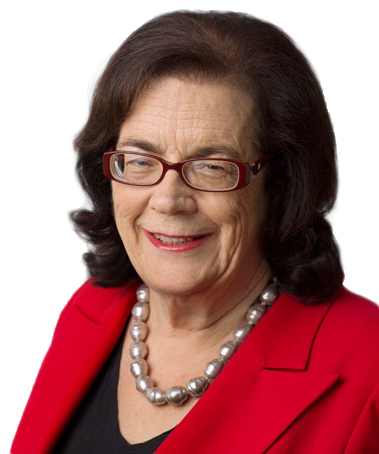YOUNG people entering the workforce should choose their own superannuation fund, rather than the present system of their employer selecting the fund for them, according to a Productivity Commission report released on Tuesday.

Technically – unless a particular EBA or workplace determination restricts the choice of fund – young people, and others who enter the workforce or change jobs are currently able to choose their own fund. In practice, the employer nominates a fund which people are defaulted into if they don’t make a choice. That happens every time someone starts a new job.
The present system has twin risks for a “default” member – that they default into multiple funds and/ or they default into an underperforming fund, according to the commission in its draft report, “Superannuation: Assessing Efficiency and Competitiveness”.
The government commissioned the report, and is already taking action to improve the superannuation system. In the budget it announced it was making it easier for people to find their lost superannuation, capping administration and investment fees on low balance accounts, and abolishing exit fees. It is also cracking down on expensive insurance policies being sold to younger people.
Earlier, it moved to change governance arrangements, especially in relation to the boards of the big industry funds, which it regards as too close to the trade union movement. But this has not passed the parliament.
At present the default members are usually directed to an industry fund.
The inquiry found that most, though not all, underperforming products were in the retail rather than the industry segment of the market.
“The default segment generated average net returns of about 7% a year over the 12 years to 2016. Top performers were typically (but not always) larger, not-for-profit funds,” the commission report said.
“For-profit funds as a group, have delivered returns below several benchmarks and significantly below not-for-profits funds. These differences do not appear to be fully explained by fund size, asset allocation or reported administration expenses”.
The commission says that “while the default segment has on average outperformed the system as a whole, and worked well for the majority of default members, it fails to ensure members are placed in the very best funds and places a sizeable minority in underperforming products”.
In these cases there is a “pernicious cost” – a reduction in their retirement balance of 36% or $375,000 for a typical new job entrant today.
Default arrangements should be recrafted to harness the benefits of competition for default members.
The report identifies the key problem currently to be linking the choice of default fund to the employer, rather than to the member.
The best default model would be the “assisted employee choice” model. “It would best harness healthy competition and ‘nudge’ members into the very best products,” the report says. In contrast, assisting the employer to make the choice “performs less well in ensuring employees are placed in the very best funds, due to the inconsistent incentives with leaving the decision to the employer”.
The proposed model would apply to all new workforce entrants – about 474,000 members a year with about $1 billion annual contributions initially. It would also help “many existing default members through extending to them any lower fee offers made in the course of best in show selection, and signalling whether funds are really best”.
Under the commission’s recommendations, the Fair Work Commission would be stripped of its power of administering the process for becoming a default-listed fund in awards. This would be put in the hands of an independent expert panel appointed “through a robust selection process” and reconstituted every four years.
With the release of the report, the commission deputy chair Karen Chester said: “Australia’s $2.6 trillion super scheme has become an unlucky lottery for many Australian workers and their families. The system is working well for many members, but not for all”.
The system’s architecture was outdated, she said, emphasising the “structural flaws” of unintended multiple accounts and entrenched underperformance.
Chester said about a third of accounts – 10 million – were “unintended multiples”, with the excess fees and insurance premiums paid on those accounts being about $2.6 billion annually.
“These problems are highly regressive in their impact – and they harm young and lower-income Australians the most,” Chester said.
Over one in four funds underperforms. This could lead an average member in the fund over their working life with nearly 40% less to spend in retirement.
“Fixing these twin problems of entrenched underperformance and multiple accounts would lift retirement balances for members across the board. Even for a 55-year old today, the difference could be up to $60,000 by the time they retire. And for today’s new workforce entrant, they stand to be $400,000 ahead when they retire in 2064,” Chester said.
Michelle Grattan is a professorial fellow at the University of Canberra. This article was originally published on The Conversation.
Who can be trusted?
In a world of spin and confusion, there’s never been a more important time to support independent journalism in Canberra.
If you trust our work online and want to enforce the power of independent voices, I invite you to make a small contribution.
Every dollar of support is invested back into our journalism to help keep citynews.com.au strong and free.
Thank you,
Ian Meikle, editor




Leave a Reply